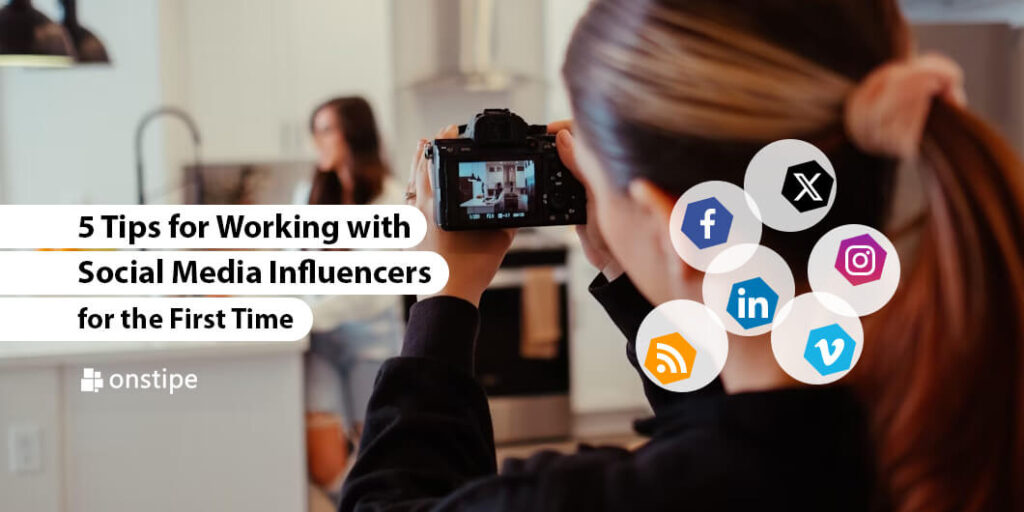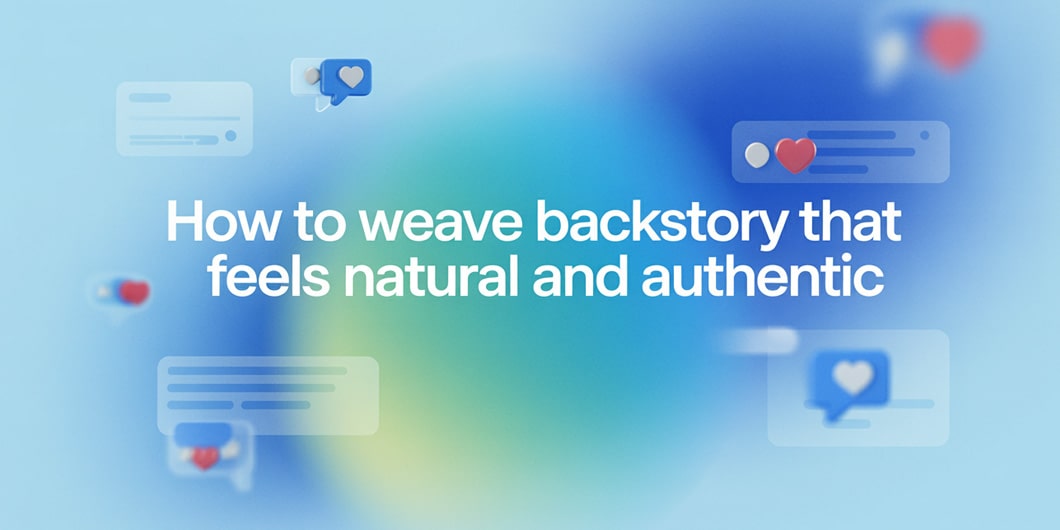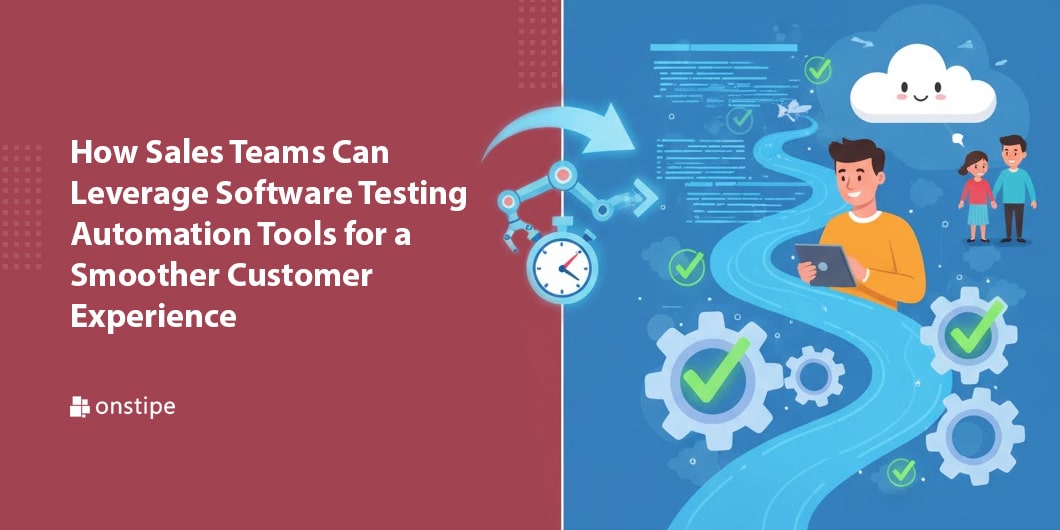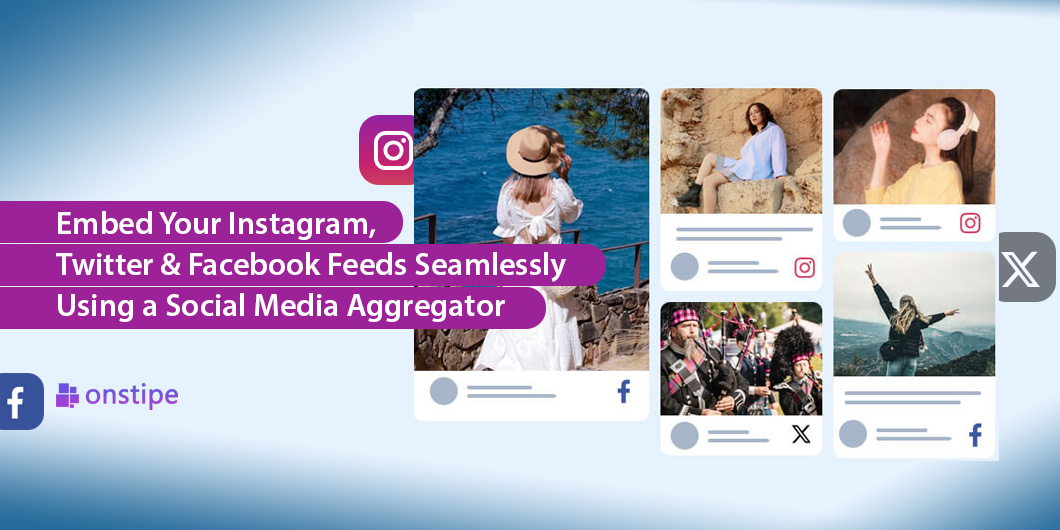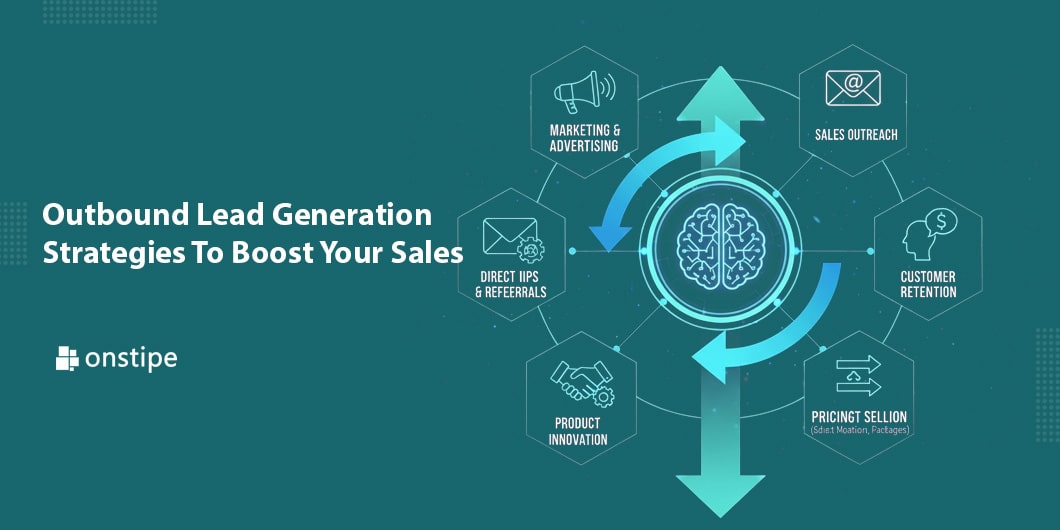Working with social media influencers has become one of the most effective ways to reach new audiences. For brands just starting, influencer partnerships can feel both exciting and overwhelming.
The global influencer marketing market is expected to reach a value of over $30 billion by this year. Over the past decade, the value of this market has grown exponentially as more and more influencers are popping up on social media.
Brands aren’t afraid to spend on influencers either. In fact, as per research, over 50 percent of brands plan to increase their existing budget on creators this year.
Such brand-influencer collaborations can bring your products directly to people who trust and follow the influencer’s recommendations. However, success comes only when you approach the process with care, respect, and a clear strategy.
If it is your first time working with influencers, here are a few things you must remember.
#1 Understand Their Audience Before Anything Else
Influencers thrive because they have built trust with their communities. Each one has a unique audience that may not align perfectly with your brand.
Before reaching out, know how many followers they have. Usually, micro influencers will have between 15,000 and 75,000 followers. The bigger ones can have between 250,000 and 1 million followers.
You must also study their content, engagement style, and the demographics of their followers. If you sell health snacks but choose someone known mainly for luxury fashion, the partnership might feel forced. On the other hand, selecting someone who often talks about fitness and wellness would make your campaign feel natural and authentic.
Influencers know their audiences better than anyone else. When you recognize who they reach and how they engage, you allow them to present your product in a way that feels genuine. This prevents the partnership from coming across as just another advertisement. Instead, it comes across as an honest recommendation from someone followers already admire.
#2 Communicate Your Goals Clearly
When you first approach an influencer, clarity is everything. You should know exactly what you hope to achieve. Do you want more sales, more followers, or simply brand awareness?
Communicating these goals helps influencers decide how best to showcase your product. For instance, an unboxing video might boost awareness, while a discount code could drive immediate sales.
Share your expectations with the influencers while also asking for their input. They often know what style of content will work best with their followers.
#3 Don’t Put Too Much Pressure on Them
Influencers are not traditional employees. They are independent creators who thrive when given the space to be themselves. Placing too much pressure on them to perform a certain way can damage the collaboration.
If you demand scripted content or push unrealistic timelines, the final product may lose authenticity. Remember, their audience values honesty above everything else.
It is also worth remembering that influencers face unique mental health challenges. Social media is not only their workplace but also a space where they constantly face scrutiny.
Some influencers experience stress because of the endless need to remain visible. In fact, growing concerns about social media addiction have highlighted its connection to mental health issues. Several social media mental health lawsuits have pointed out how platforms can contribute to problems like eating disorders, body image issues, and anxiety.
According to TorHoerman Law, many young adults, who make up a large portion of influencer communities, are most at risk. If you push influencers too hard, you may contribute to these struggles rather than support them. Treat them as partners, not machines, and the relationship will be healthier for both sides.
#4 Be Fair About Compensation
Influencers invest significant time into creating content. Their work involves writing, filming, editing, and engaging with their audience.
If you expect them to showcase your brand, compensation should reflect that effort. Offering only free products may feel unfair, especially if the influencer has a strong following. Monetary compensation, or a thoughtful combination of payment and products, shows that you value their contribution.
At the same time, be transparent about your influencer marketing budget. If you cannot afford a high-profile influencer, consider working with micro-influencers. These smaller creators often have highly engaged audiences and can still deliver impressive results for a reasonable price.
Fair payment helps build trust and encourages influencers to put genuine effort into the partnership.
#5 Build Long-Term Relationships, Not One-Time Deals
Many brands approach influencer marketing as a one-off campaign. While this can generate some attention, lasting relationships often produce better results.
When you work with an influencer over time, their audience becomes more familiar with your brand. Repeated mentions build credibility and trust that a single post cannot achieve.
Developing long-term partnerships also makes influencers feel like valued members of your brand’s journey. They are more likely to promote your products with enthusiasm and authenticity. Instead of constantly searching for new influencers, you can grow with the same creators and strengthen your presence within their communities.
Frequently Asked Questions (FAQs)
How much do social media influencers charge for promoting a brand?
The cost of hiring social media influencers varies widely based on their following, engagement rate, and platform. Micro-influencers may charge anywhere from $100 to $500 per post, while top influencers with millions of followers can demand thousands or even six-figure deals. Brands often negotiate based on campaign scope and exclusivity.
What do social media influencers have to do when promoting a brand?
When promoting a brand, social media influencers typically create authentic content that aligns with both their personal image and the brand’s message. This may include sponsored posts, stories, videos, or product placements. They must follow disclosure rules, such as using #ad or #sponsored, to maintain transparency and comply with advertising regulations.
How active does one have to be on social media to become an influencer?
To become an influencer, one must stay consistently active on social media by posting engaging content, interacting with followers, and building a recognizable niche. Success depends on regular activity, authenticity, and audience trust rather than just posting frequency. A strong, loyal community matters more than sheer numbers.
Working with social media influencers for the first time is both an opportunity and a challenge. Success comes when you respect their role as creators and acknowledge the trust they hold with their followers. When done thoughtfully, influencer collaborations can lead to genuine growth for your business and positive experiences for everyone involved.

